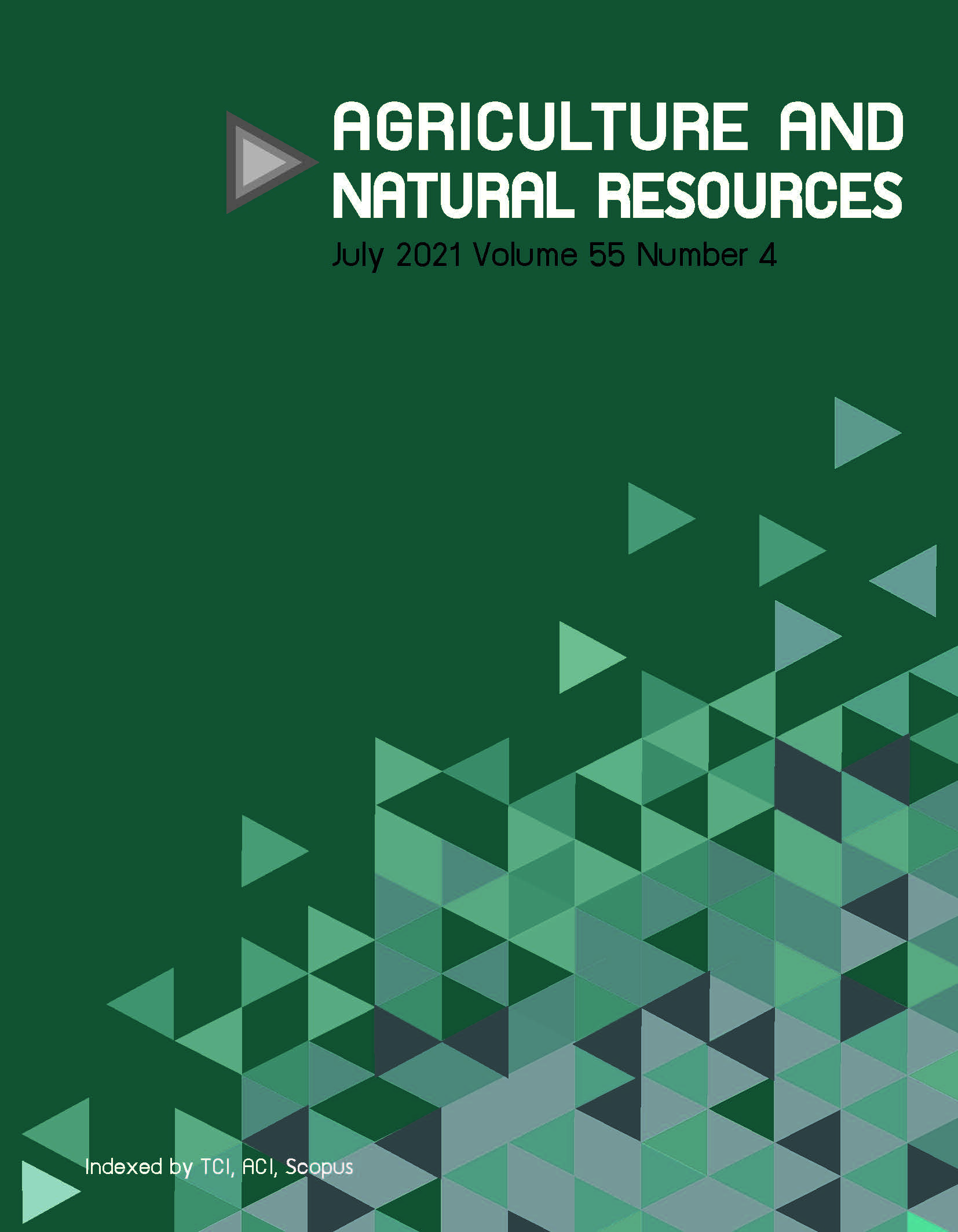Oil productivity and adaptability of new sunflower open-pollinated cultivars
Keywords:
Adaptability, Cutivars, Stability, SunflowerAbstract
Sunflower (Helianthus annuus L.) is cultivated for oil production and as an ornamental crop. As an oil-producing crop, the yield is low due to variations in the geographical characteristics of cultivation regions as well as cultivation practices. Increased productivity of sunflower could be achieved from a cultivar that has high yield and wide adaptability. This study investigated the oil yield, stability and adaptability of five open-pollinated sunflower cultivars across different environments. The cultivars were planted in three locations in 2016 and 2017. The experiment was conducted in a randomized complete block design with five replications. The observed data were subjected to combined analysis of variance and stability analysis. The results showed that the Ha. 1, Ha. 3 and Ha. 15 cultivars had higher oil yields than the other cultivars. Ha. 1 produced the highest mean (± SD) oil yield of 374.7 ± 58.40 kg/ha but had narrow adaptability. Ha. 3 yielded 317.8 ± 48.85 kg/ha oil and had wide adaptability. Ha. 15 had 337.14 ± 46.83 kg/ha oil yield and narrow adaptability. Ha. 1 and Ha. 15 are suggested to be used as specific adaptation cultivars and Ha. 3 is suggested to be used as a broad adaptation cultivar. This information could be used in providing recommendations for sunflower varieties suitable to target cultivation regions.
Downloads
Published
How to Cite
Issue
Section
License

This work is licensed under a Creative Commons Attribution-NonCommercial-NoDerivatives 4.0 International License.
online 2452-316X print 2468-1458/Copyright © 2022. This is an open access article under the CC BY-NC-ND license (http://creativecommons.org/licenses/by-nc-nd/4.0/),
production and hosting by Kasetsart University of Research and Development Institute on behalf of Kasetsart University.







